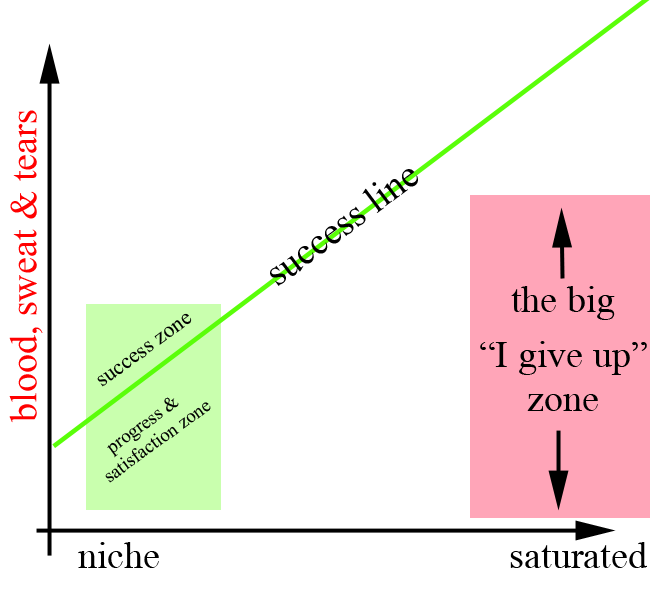Clothing and Jewellery: It's All About Niche
When it comes to selling items, a popular category amongst our clients is fashion. As the fashion market online is a very saturated one when it comes to competition, it's also a good insight into how to succeed online even if you're in a crowded market. Here's some things I've found, looking at what people sell and how they sell their items.Reduce the Competition
This is the primary rule - a rule that leads you away from a world of insanity to one of clear-headed common sense. You can be within a saturated market, yet carve out a little niche inside it and succeed very well. Being niche normally involves at least one of the following:-- Dedicating your site to one particular fashion accessory and offering a huge choice of variations of that accessory (e.g. lovepashminas.com)
- Dedicating your site to a natural fashion niche. Examples: plus size clothing, cycling gear, outdoor/country clothing etc
- Selling bespoke jewellery / fashion accessories
- Selling a number of different accessories, BUT picking boutique brands that are well searched for by discerning "fashionistas" and selling your fashion items BY BRAND primarily, not by type of accessory (e.g. gottohave.co.uk). By that I mean you categorise your catalogue by brand and feature brand names heavily within product titles and descriptions. Remember I'm talking about boutique brands here, not mainstream brands which keep you in the saturated market.
Having said that, it's common for a site to start off selling a wide range of accessories and sell them generically. So they'll have a category list like :-
- Earrings
- Rings
- Necklaces
- Pashminas
- Evening Bags
- Etc
It's not like vendors choose a saturated market as some kind of personal challenge or a form of self-flagellation. They're choosing popular items to sell (which happens to place them amongst a throng of competitors). Another reason so many vendors want to sell popular items is that the troubles of doing so aren't obvious. It often takes going on the link building treadmill for many months to see just how hard it is to rank for generic keywords. That's the kind of thing that happens when competing with tens or hundreds of thousands of direct competitors, many of whom have the advantages of money and establishment over you. It's easy to identify something that's in demand. The hard part is making your supply visible.
So that temptation to sell obviously popular items is understandable, but the more popular and generic an item, the smaller you, the seller, are - you're at that back of the queue - quite literally when considering search engine rankings - with little hope of putting your wares in front of people who want to buy them.
Here's a diagram about how hard it is to succeed in a saturated market, and how relatively easier it is to succeed in a niche:-

This crude graph shows how hard it is to succeed in a crowded marketplace - a very tall mountain with little encouragement along the way - no finish line in sight. A niche marketplace is MUCH more dynamic - you'll see faster progress and you'll "cross the line" much quicker than competing with every man and his dog. That's not to say picking a niche and succeeding in it is easy, but it's definitely a sane way to succeed.
Share this article:
view my profile on Google+





